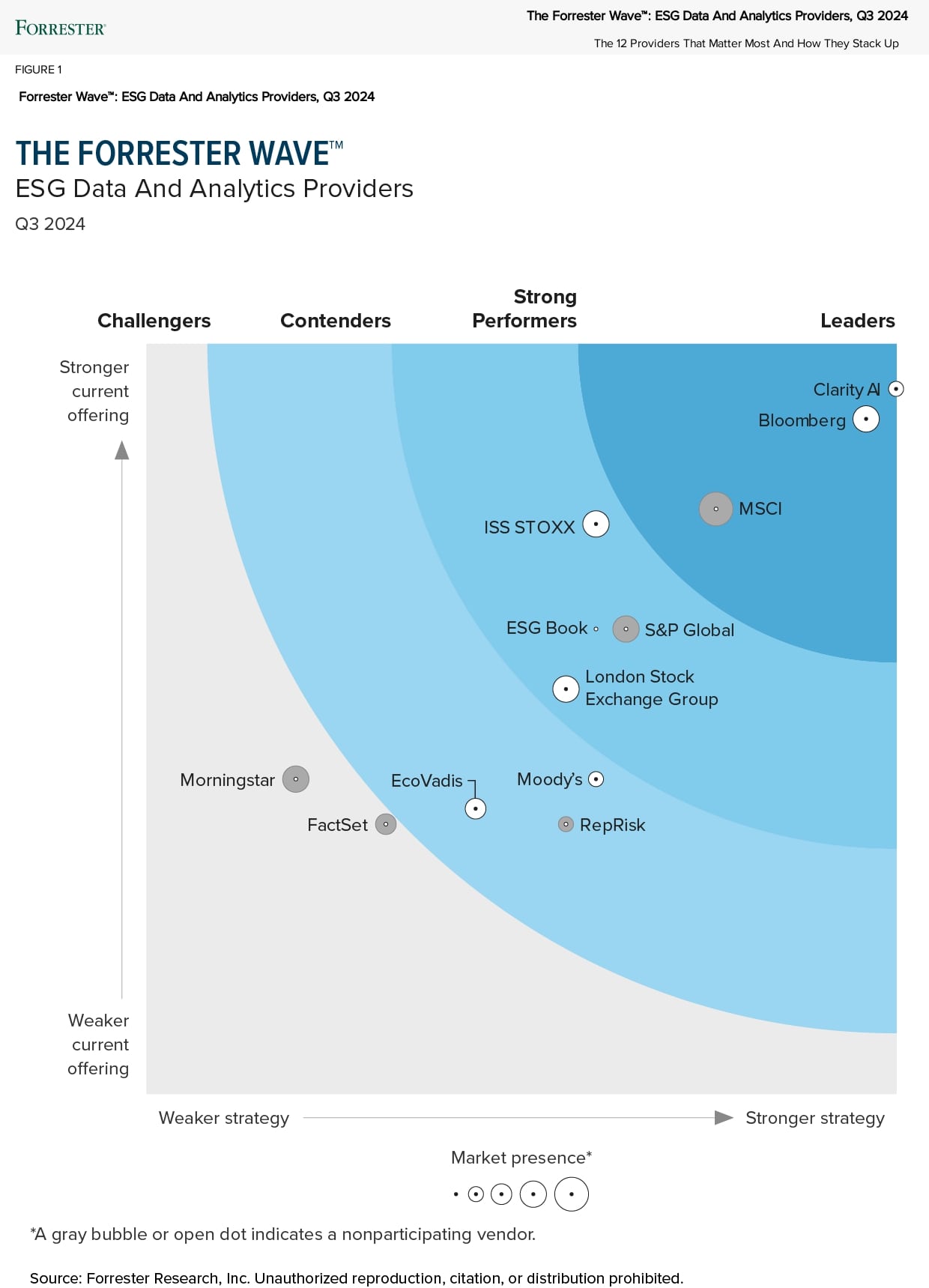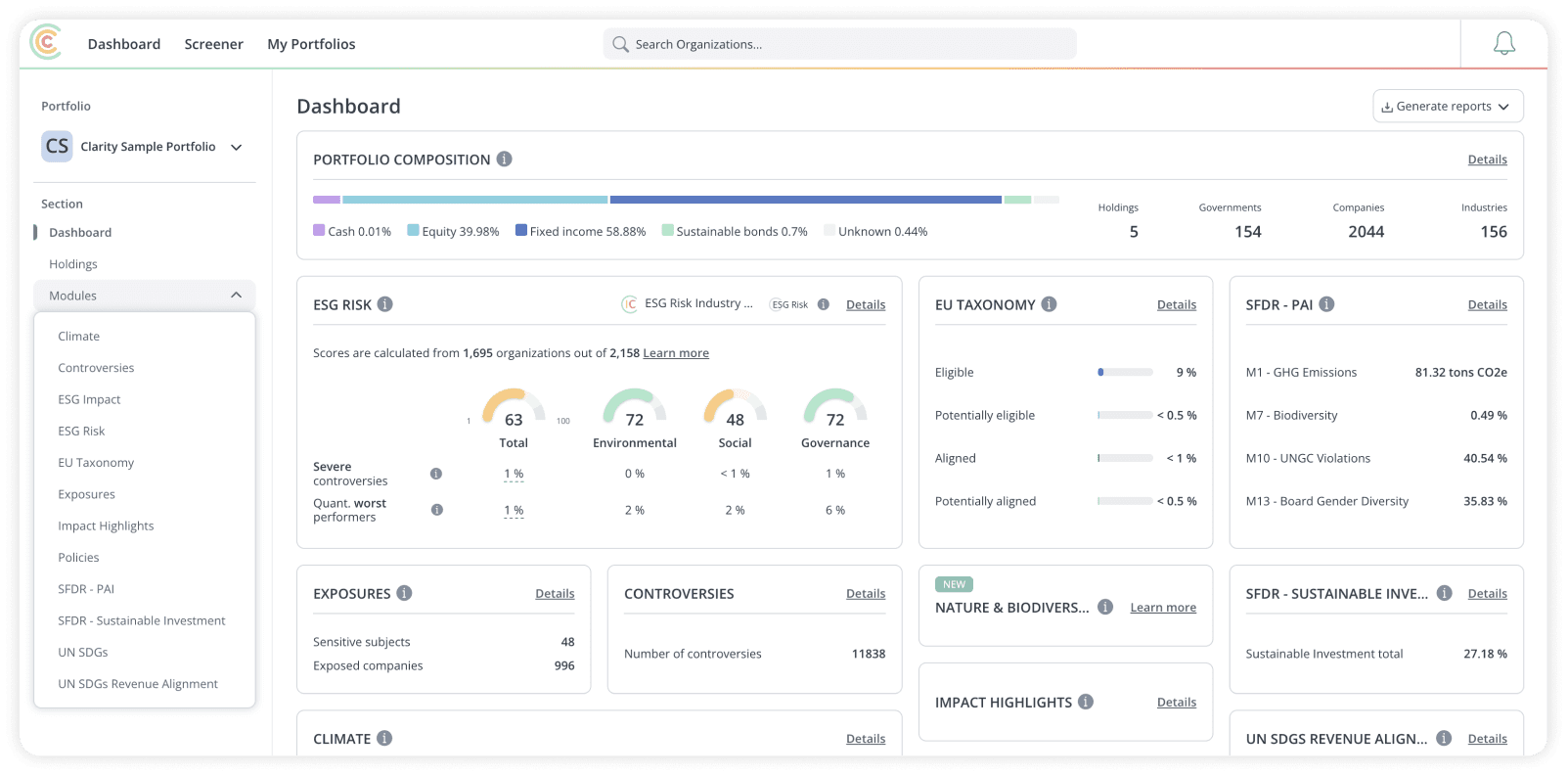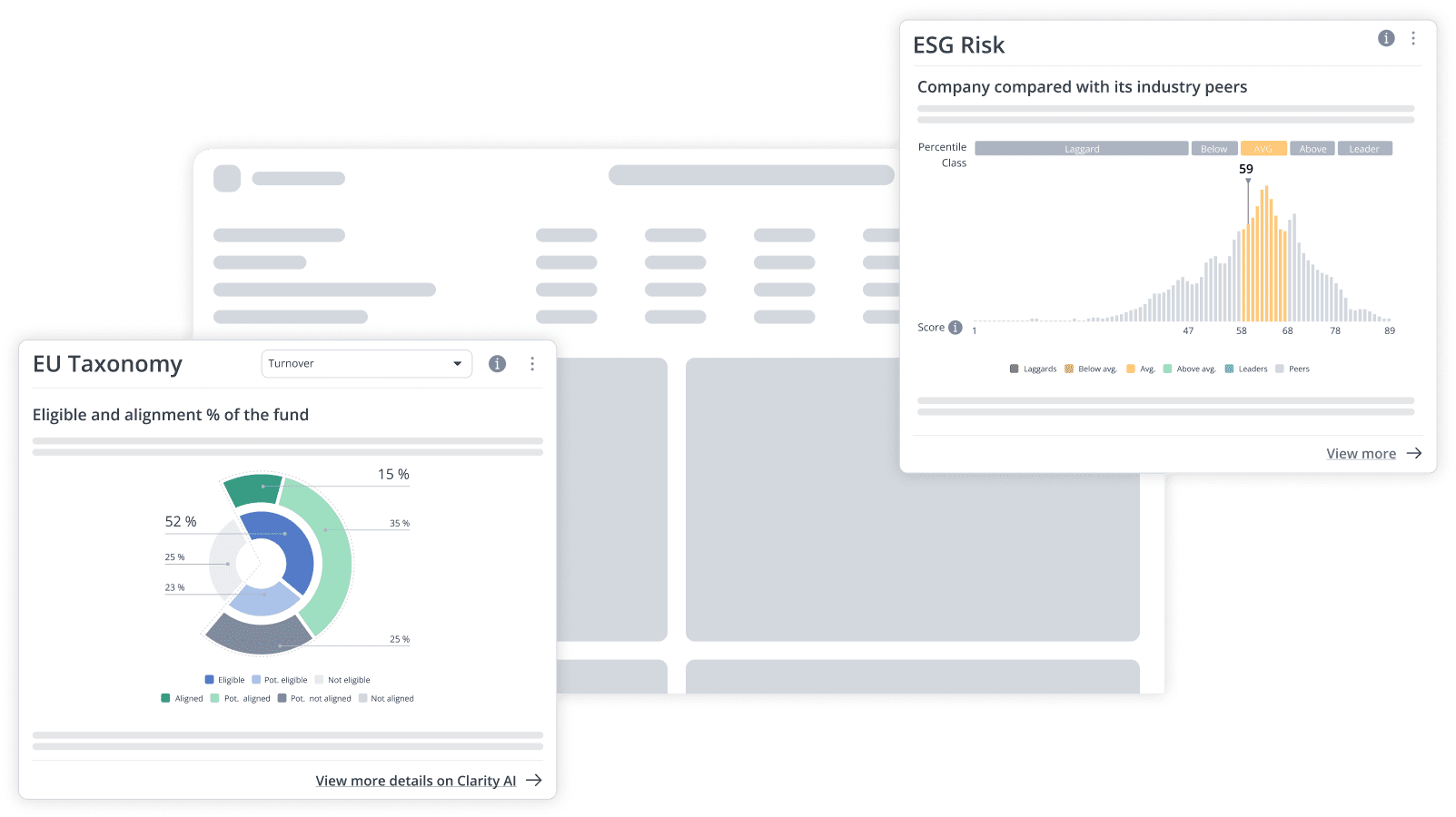Uncover insights on major financial frameworks for informed investment decisions aligned with specific objectives
The financial industry has a lower level of GHG accounting maturity compared to corporates, which have had standards for over 15 years. However, with the release of the new SBTi Financial Institutions Net Zero draft standard last summer, financial institutions now have a growing array of Net Zero frameworks to choose from. These frameworks serve different purposes and have different requirements. In this article, we aim to provide insights into the major frameworks in the financial industry, helping you choose the one that better aligns with your specific objectives.
We will focus on the three frameworks mainly used¹ in the industry:
- The Net Zero Investment Framework (NZIF): the oldest of the three, developed by the IIGCC and published in 2021
- The Net Zero Asset Owner Alliance’s Target Setting Protocol (TSP), which third version was published in January 2023
- The above-mentioned SBTi’s draft of their Financial Institutions Net Zero standard (FINZ), scheduled for release in Q1 2025.
Frameworks serve varied purposes, the two main ones being target setting and the measurement of asset alignment. Purpose is what constitutes the primary distinction between the NZIF and the other two frameworks.
The Net Zero Investment Framework, decoded
While the NZIF offers a more detailed approach to determining the alignment of each asset class, its target-setting section only outlines high-level objectives that, while sound, lack detailed requirements.
Target setting using the NZIF mainly requires:
- A target on Scopes 1+2 financed emissions (Scope 3 is optional) that is “consistent with Net Zero emissions by 2050”, but with no quantitative guidance on how to define the target
- A target on asset-level alignment, as a proportion of AUM with a certain level of alignment
On the other hand, this framework takes a multi-dimensional approach to asset-level alignment, offering a comprehensive view of how issuers are tackling the climate change challenge. This is particularly interesting for understanding the underlying climate factors of your portfolios and engaging with issuers. The NZIF includes criteria such as issuers’ emissions disclosure, the Net Zero alignment of their reduction targets, their current emissions’ performance, their decarbonization strategy, their CapEx alignment to climate mitigation, and more.
It is however superficial on fossil fuels financing and on “climate solutions”. But the IIGCC is filling in those initial gaps with additional publications, such as the new Net Zero Standard for Oil & Gas and their recently released Guidance on climate solutions.
In summary, the NZIF is excellent for understanding issuer-level Net Zero alignment and preparing engagement strategies and can be used in combination with other frameworks to define portfolio-level targets.
That is where the TSP and the SBTi FINZ come into play. They provide few elements on issuer-level tracking but focus on defining detailed requirements and guidelines as to how financial institutions should set their Net Zero targets and monitor them.
The Target Setting Protocol, broad spectrum but low ambition
The TSP provides four types of target-setting requirements, of which the two first are mandatory: Engagement with companies or sectors, Financing the transition (“climate solutions”), Sector-level emissions reductions, and Portfolio-level targets per asset class.
Unlike the NZIF, the TSP provides specific thresholds targets need to align to, such as “40% to 60% reduction by 2030 on publicly traded assets”. However, it’s worth noting that this framework lacks ambition: the mandatory requirements only commit financial institutions on means, not on tangible results.
This is an aspect we anticipate the SBTi Financial Institutions Net Zero Framework to tackle. And while we still need to wait for the final version we can already make some assumptions on the basis of their latest draft (watch this space for our analysis of the SBTi’s FINZ).
First impressions on the upcoming SBTi Financial Institutions Net Zero framework
As they did with other industries, we expect the SBTi to require commitments that are measurable and reflect quantifiable results. Initially, for financial institutions, the SBTi was only requiring the definition of near-term targets. The new framework now mainly requires four types of targets:
- Portfolio Alignment, near and long term: commitment to having a certain proportion of the portfolio’s issuers that are aligned with Net Zero pathways, either through their decarbonization strategy or the products they offer (“climate solutions”)
- Portfolio Emissions, near and long term: commitment to reducing the total emissions of portfolios to certain levels, in intensity or absolute terms
- Portfolio Neutralization: commitment to measures to permanently remove from the atmosphere and store greenhouse gases to counterbalance the impact of the portfolio’s remaining emissions
- Fossil Fuels Finance: commitment to disclose exposure to fossil fuels, stop new financial flows towards fossil fuels assets, and progressively phase out current financial activities linked to fossil fuels
This framework promises a well-balanced guide to how financial institutions can pursue Net Zero goals. It includes both the decarbonization of existing activities and the support of “climate solutions” (yet to be precisely defined). It also both covers asset-level alignment to Net Zero and the resulting portfolio emissions performance. The “Net” in Net Zero is not forgotten either, with the addition of GHG removal (aka. neutralization).
But perhaps most importantly, the FINZ framework reinforces scientists’ message that halting the development of new fossil fuel assets is imperative in all 1.5ºC pathways. So in light of decarbonization not materializing, the SBTi has opted to mandate the gradual phasing out of fossil fuels.
This rise in prescriptive requirements may also be followed by regulations, as all industries tend to naturally transition from voluntary initiatives to standards and, subsequently, to legislation. Given the increasingly visible physical impacts of climate change, and considering how the Taskforce on Climate-related Financial Disclosures (TCFD) has significantly influenced regulatory developments, it’s reasonable to anticipate Net Zero frameworks evolving into legislation. This will occur at varying speeds and approaches depending on jurisdictions. But, whether you use the IIGCC’s guidelines for asset-level alignment or the SBTi’s framework for target setting, initiating alignment is a proactive way to prepare for upcoming regulations, on top of securing our own and our children’s future.
Learn more about Clarity AI’s multidimensional approach to Net Zero in this webinar, or access here more details on our Net Zero solution.
¹The ISSB’s recently published IFRS S2 is not addressed in the article as its goal is not to support Net Zero.





